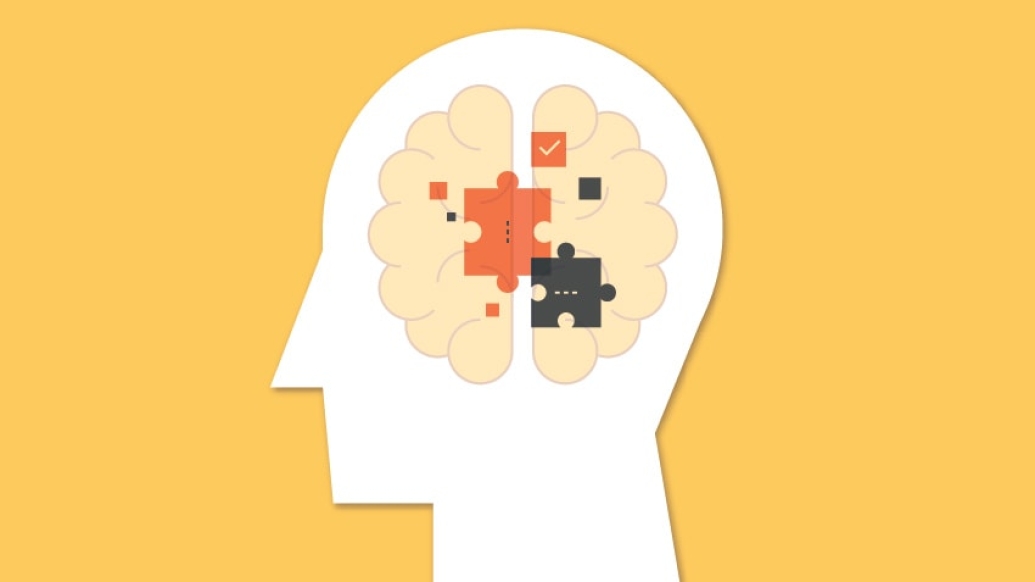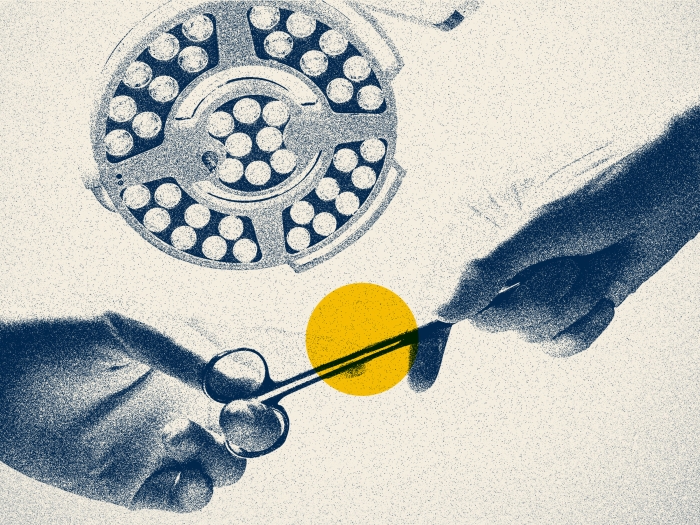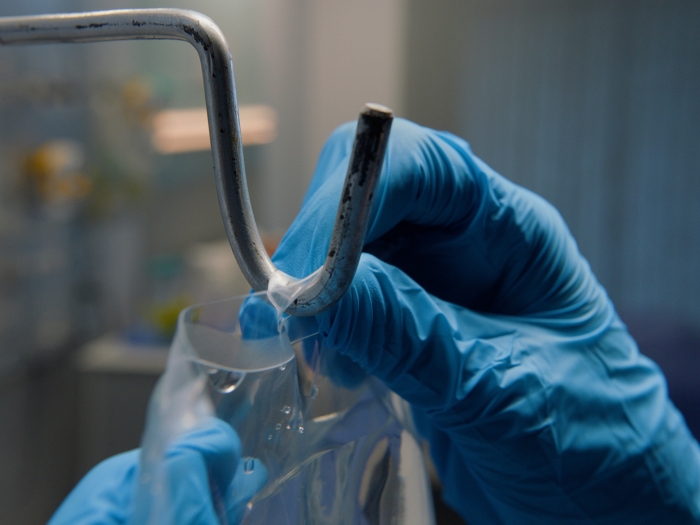A new mouse study examines the fungus that causes cryptococcosis, which is a major source of illness in people with HIV and AIDS.
7:00 AM
Author |

A particular fungal infection is responsible for more than 220,000 cases of cryptococcosis worldwide each year in people with HIV and AIDS, with nearly 181,000 of those resulting in death.
MORE FROM THE LAB: Subscribe to our weekly newsletter
New research explores its cause with an eye toward improving treatment one day.
The infection, Cryptococcus neoformans, causes the disease cryptococcosis. Cryptococcosis is a major cause of central nervous system — and brain — related mortalities, especially in people with HIV and AIDS.
"The general therapeutic approach is to control the fungus with antifungal drugs, and because it's linked to immune defects, to activate immune response in the patient to strengthen natural host defenses," says Michal Olszewski, D.V.M., Ph.D., associate professor in the Division of Pulmonary and Critical Care Medicine at Michigan Medicine. "These treatments are actually not particularly effective and often result in the worsening of patient conditions."
Olszewski is the senior author on a new study that examined the disease and its origin within the central nervous system. The work is published with an accompanying commentary in mBio.
"Scientists have thought the disease is caused by the immune system being too weak to control the fungus," Olszewski says. "We developed a mouse model of Cryptococcus neoformans meningoencephalitis in which we demonstrated the fungal growth within the central nervous system does not immediately cause the disease."
Examining fungal growth and inflammation
The research team infected mice with the Cryptococcus neoformans model strain, which was designed to mimic the major features of Cryptococcus meningoencephalitis in human patients.
"We found that although Cryptococcus neoformans rapidly entered and expanded in the mice within a few days after the infection, there was not an immediate inflammatory response," Olszewski says. "In fact, the inflammatory cells have not massively accumulated in the infected brains until 21 days of infection. This was the same time that we saw the development of neurological symptoms and progressive mortality in the mice."
SEE ALSO: When Sepsis Patients Face Brain Impairment, Is Gut Bacteria to Blame?
The team notes that a major immune cell subset appeared to accumulate in the mice: Th1-polarized IFN-y-producing CD4+ T cells.
"After examining those cells, we found that the development of those deadly central nervous system symptoms could be prevented by depleting CD4+ T cells, even though the fungus was persistently growing and increasing within the central nervous system," Olszewski says. "This demonstrated that Th1 cells are a central mediator of central nervous system pathology, and central nervous system injury and mortality are mediated by the host's own immune response."
How the research could help patients
Olszewski notes that the study's results imply that in some patients, anti-inflammatory therapies need to be incorporated into treatments of fungal brain infection to minimize central nervous system injury.
"The treatment of cryptococcal central nervous system infections can be challenging because physicians have to balance microbial control with how the patient's own immune system will respond during therapy," Olszewski says. "The accompanying commentary did an excellent job of suggesting that pro- and anti-inflammatory immune therapies are frequently used without knowledge in which patients they will be most effective, and in some patients may actually be promoting damage."
Targeting treatment based on each patient could help with treating the disease in the future.
"The commentary highlighted that immune therapies will need to incorporate detailed knowledge of the strength of the immune response in individual patients," Olszewski says. "Gauging the strength of the immune response to Cryptococcus neoformans during infection will be important so the body can achieve fungal clearance while not having the host cells experience damage from inflammation."

Explore a variety of health care news & stories by visiting the Health Lab home page for more articles.

Department of Communication at Michigan Medicine
Want top health & research news weekly? Sign up for Health Lab’s newsletters today!





